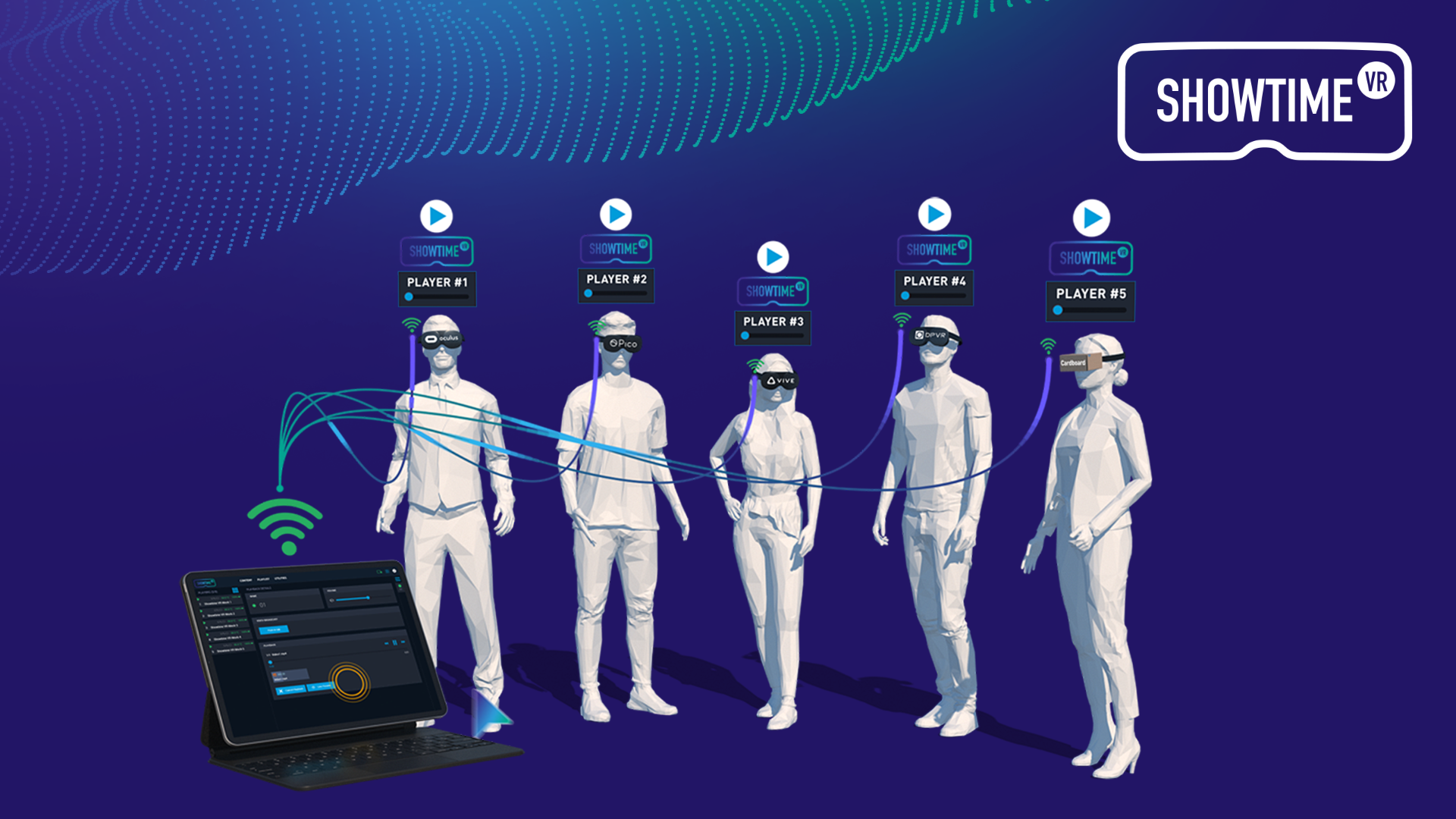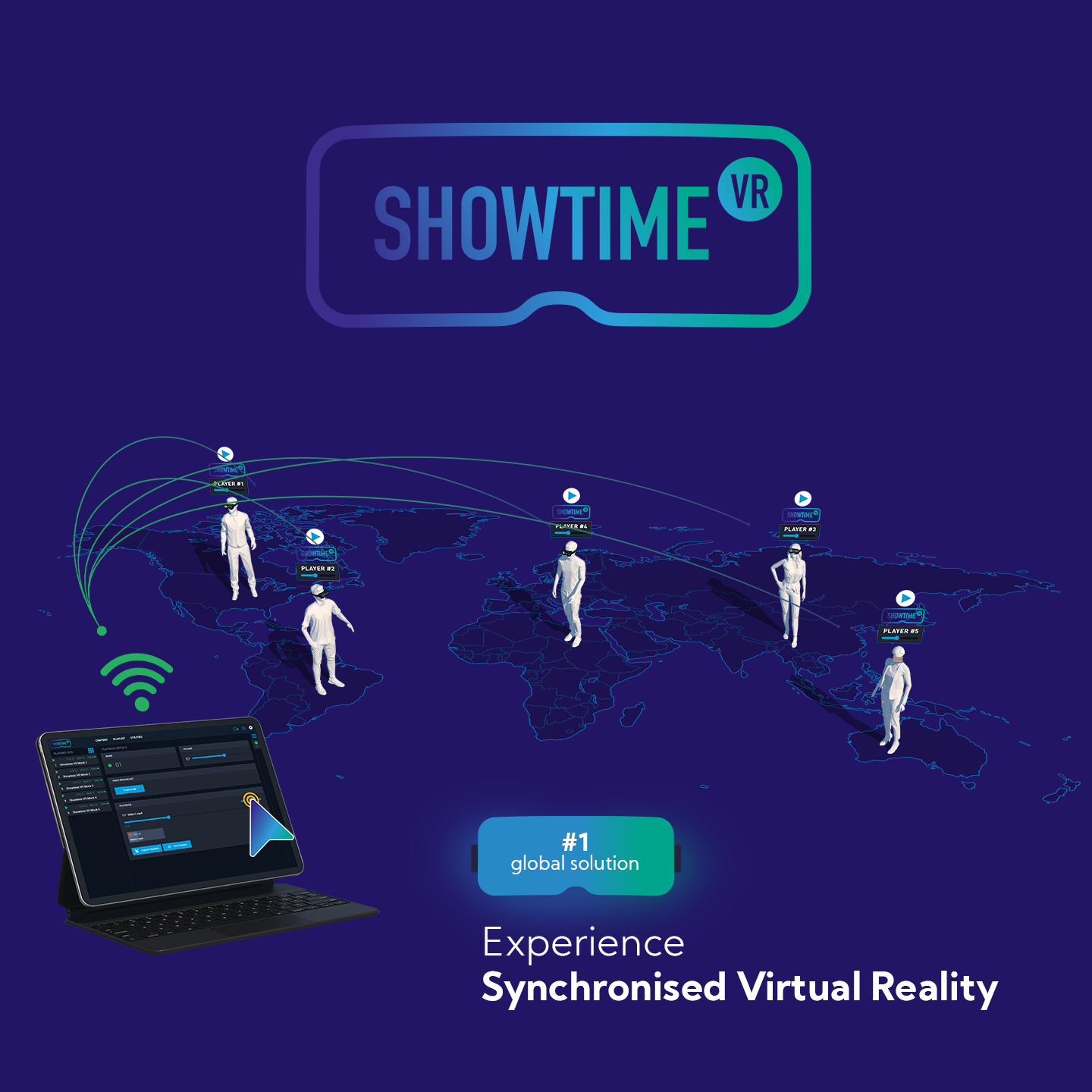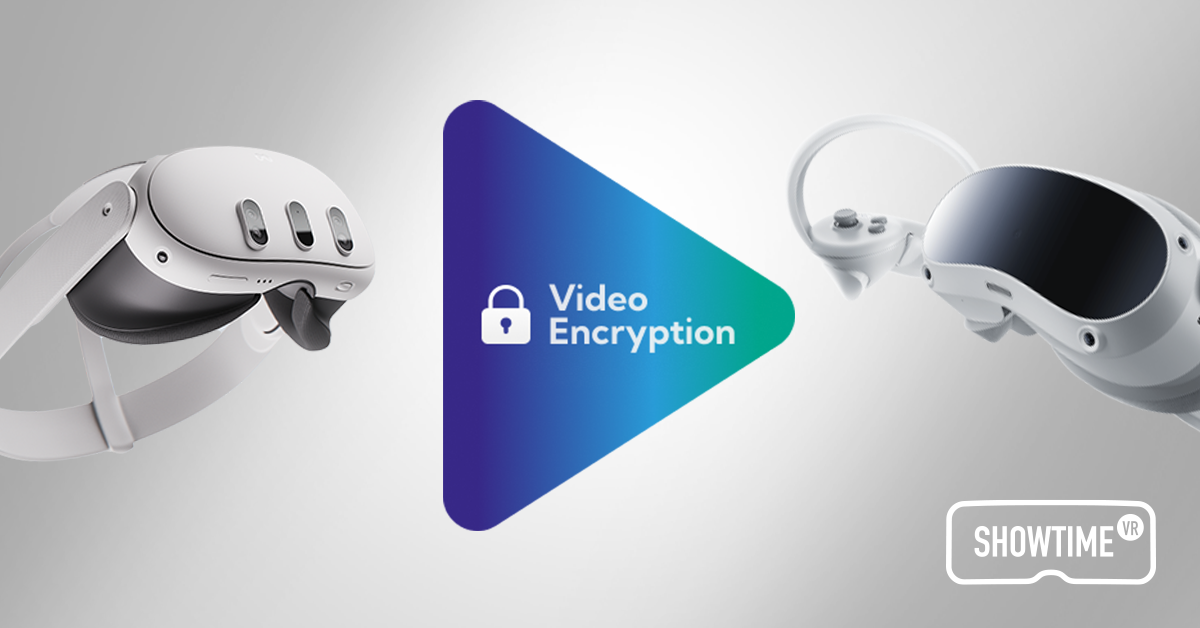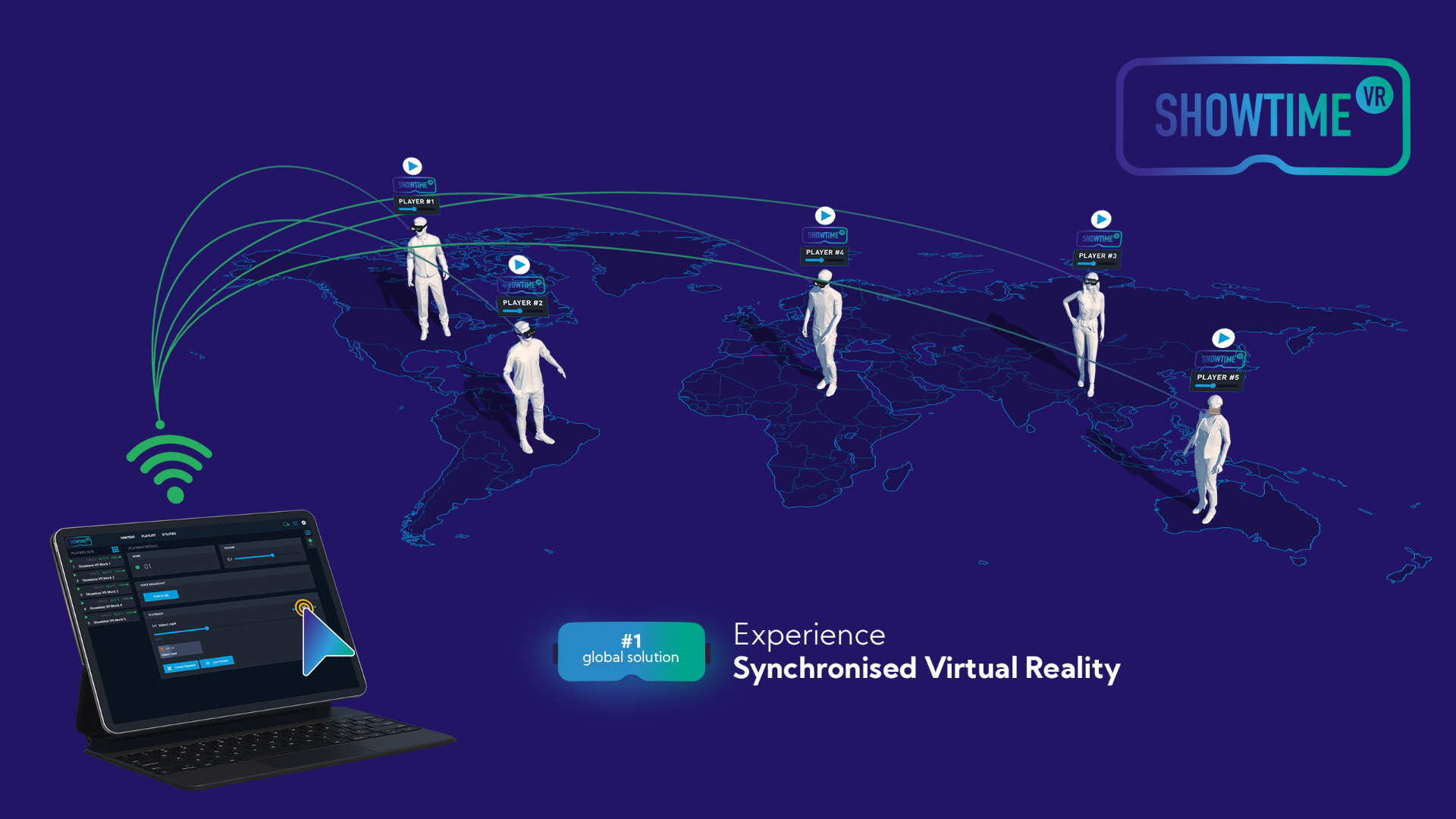Showtime VR
#1 professional solution for VR playback
Showtime VR is a pioneering VR software company specializing in synchronized virtual reality playback on many virtual reality headsets. With a focus on innovation, Showtime VR offers cutting-edge solutions for content creators, businesses, and institutions seeking to elevate their storytelling and engagement through immersive and secure virtual reality experiences.
Showtime VR provides a comprehensive platform to showcase 360-degree videos and immersive 6DoF experiences both locally and online. The company’s solutions cater to diverse industries such as entertainment, education, museum exhibitions, events, and corporate training. The Showtime VR software has been utilized at prestigious events including Cannes and Venice Film Festivals, trusted by renowned entities like National Geographic, PwC, United Nations, Greenpeace, Steinway, Wild Immersion, and esteemed institutions like the Smithsonian Institute in Washington D.C. and the Schönbrunn Palace in Vienna, among many others worldwide.
The only VR solution on the market offering video content encryption using DRM. Content producers can safely license their videos and full control over their use.
Showtime VR organises also events with VR, rents its 200+ Picos G3 and implements custom solutions based on the core software.
Notable Customers:
Media Gallery
Use Cases
VR in Healthcare Education
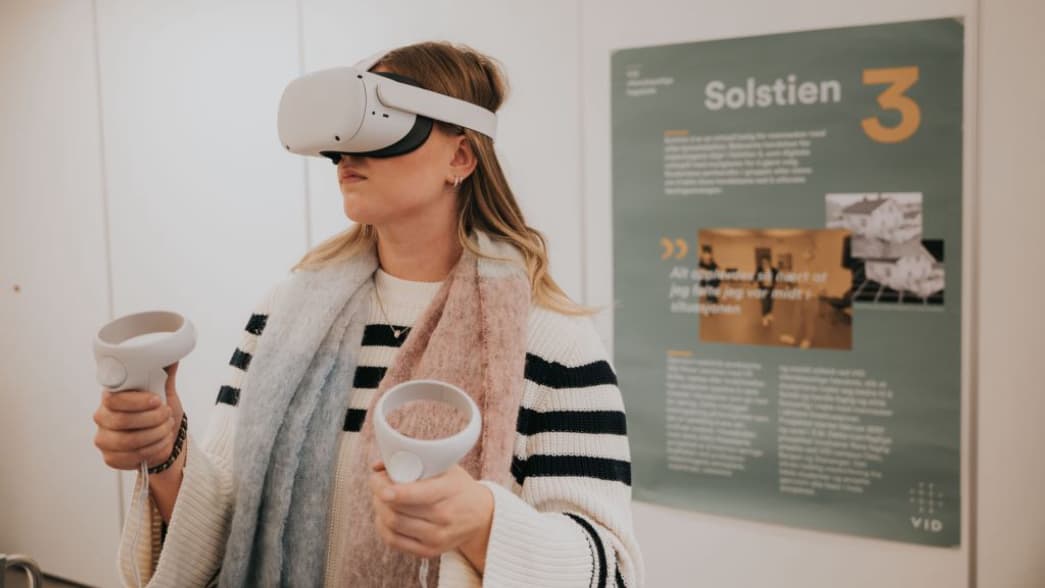
Virtual reality has been gaining ground in health professions education and may offer students a platform to experience and master situations without endangering patients or themselves. When implemented effectively, it enables highly engaging learning activities and interactive simulations. The work of VID Specialized University, one of our clients in Bergen, Norway, is a great example.
Solstien 3 – Norway’s national VR education project
VID Specialized University is currently working on several VR education projects and has developed a national training program called “Solstien 3”. Solstien 3 is an interdisciplinary educational development project based on a virtual learning house with relevant people and scenarios. These are presented using pictures and 360° video. The project participants encounter four main characters, read their stories, become familiar with the brief, and then proceed to visit these people’s homes.
For example, a nurse makes a home visit to a patient who is quite sick, staying on the couch, and drinking too much alcohol. The students are tasked with communicating with the patient’s understandably upset daughter. Starting with watching the video and progressing through the simulations, participants learn each activity and conclude the exercise with an evaluation.
Movies can be found here.

Hundreds of students, dozens of scripts
The main goal remains the same: to educate future nurses about how to navigate situations while working in nursing homes or when visiting home-care patients. However, importantly, VR education extends beyond basic patient interaction. It includes teaching students how to write scripts, set up shots, and create 360-degree videos from scratch, catering to their own and other home carers’ needs.
Upon completing the theoretical portion of the training, students engage in real meetings with individuals dealing with mental illness, leading to a plethora of potential scenarios. The training equips students to interact with patients who may be reclusive, display hostile behavior, act unusually, or even struggle with substance abuse. Thanks to virtual reality, students know what may await them, but above all – how they can react.
“What a lot of students tell me afterwards is that even after 3 years out in practice, they have never been in a really overwhelming situation. Even under truly stressful circumstances they remained calm and professional manner in front of the living difficult patients and their problems. Going into those scenarios is undoubtedly crucial for their education.”
—Rune Letrud Seniorkonsulent, e-læring / multimedieproduksjon VID vitenskapelige høgskole
VR in healthcare education
The use of sync VR shows in health professions education offers numerous advantages. Nurses who frequently work night shifts often find it challenging to participate in group simulations during the day. With the assistance of Showtime VR, they can engage with the scenario at their convenience, and as often as they need. Moreover, watching the same script together prompts lively and emotional discussions right in the classroom.
If you are interested in a full scientific study on the Implementation of Virtual Reality in Health Professions Education, find research papers here.
Looking for a VR software that will take your medical training to the next level? Write us at hello@showtimevr.eu!
Saving Health of Firefighters. And Money.
VR in Training Australian Firefighters
“Safety. Costs. Remote training.” These are the 3 major advantages of using virtual reality in training firefighters in Australia, according to Robert Hawxwell from the Queensland Fire and Emergency Services, a pioneer in training recruits in VR headsets. They save several thousand dollars per each burn. QFES is using Showtime VR system to synchronise the experience of 20 participants in the classroom.
Queensland state – pioneers in VR
After a year of successful experimenting, Queensland plans to expand the use of VR in their training to all regions of the state. Their testing phase came exactly when the world heard again about Australia and fires – over 18 million hectares of bush, forest and parks burnt in 2019/2020. It was the Queensland Fire and Emergency Service (QFES) that warned in June 2019 about the potential for an early start of the bushfire season which normally starts in August.
What others were thinking about, they did – implemented a full training programme using virtual reality. QFES filmed several 360 degrees videos from the actual fire situations, presenting different scenarios. Most of them include burning compartments. The original motivation was simple: in the real environment you can’t really hear the instructor. It’s a very hostile environment, very noisy, as Robert Hawxwell explains and it’s not easy to hear the story about how the fire transforms during this process. 360 degrees video is relatively easier. And you still can “feel” the experience of being there.
“The feedback we have gotten is all being positive. We had over a 100 recruits last year. We had one negative, and it wasn’t really negative about the experience, the content was great, he said that the fit of the Oculus Quest wasn’t great” – said Robert Hawxwell.
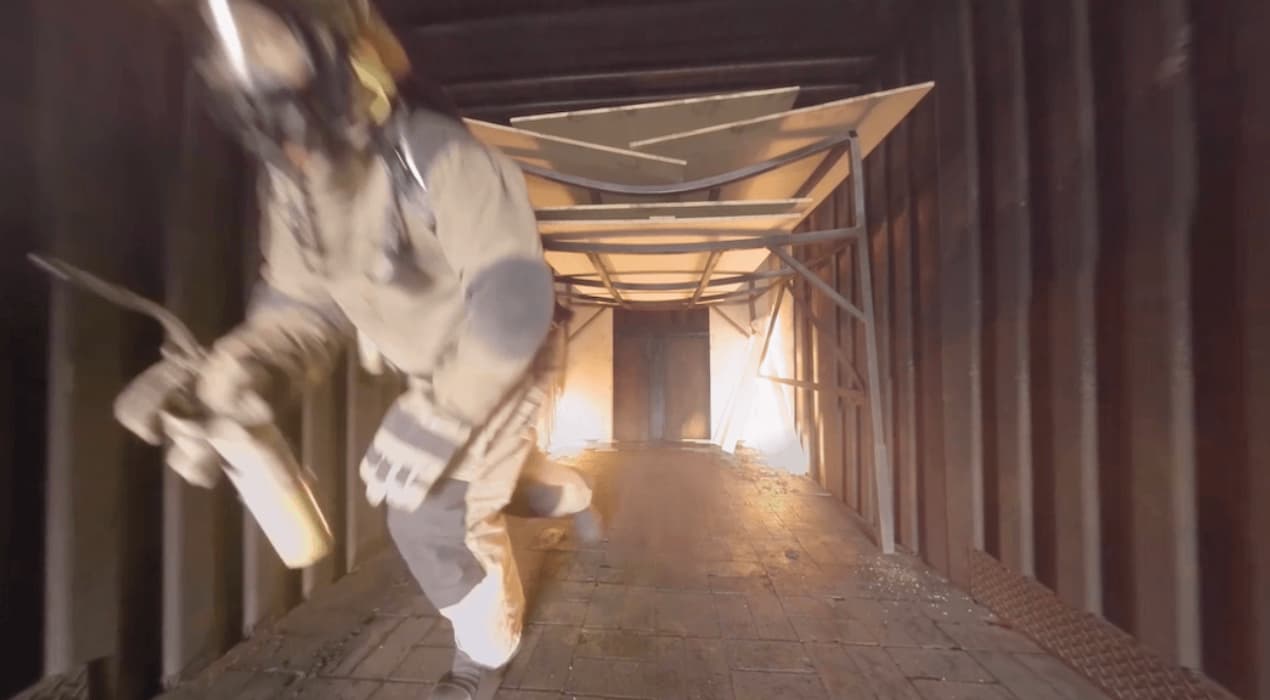
20 people hitting play button
“Try getting 20 people to hit the play button” – warns Hawxwell. He admits that they could potentially do the training without Showtime VR system to manage synchronically all headsets, but they actually can’t. The organisers of the training wanted to play the same content synchronically to everyone with one click and limit the options of messing with the hardware by the participants.
Surprisingly, firefighters also found out that Showtime VR works as a thermometer. “One of the recruit’s headset was about 3 degrees hotter than the other ones and we actually found out that he was sick. So we used one of the [Showtime VR] functions. That worked quite well.” – said Hawxwell explaining how VR and Showtime VR system was used to identify a sick recruit during the training.
Safety. Costs. Remote benefits.
QFES is using a special glass dome to protect the cameras, but still at least one camera is broken after such a fire. They’re using GoPro simple cameras not to loose an expensive Insta Pro for instance. Still the exercise pays off.
“With those particular burns there is a safety element. So quite very, very easy for somebody to get injured. If we can cut that risk down, give virtual burns, virtual experiences mainly in the theory side (we can’t get away from the practical side), if we can bring that practical side down to a minimum that’s a bonus. So we’ve got safety.
The cost. The cost of those burns can be several thousand dollars per burn. With regards to the costs of the actual instructors, facilities. By dropping one burn in each of these courses that covers the costs of the headsets and software” – said Hawxwell.
The third major advantage for QFES of using VR is the remote access. Fire services units are scattered in Australia thousands of kilometers away from each other. And travelling is more difficult due to COVID-19. Training becomes so much easier by preparing the same content for everyone and sending the ready boxes with VR headsets.
Robert Hawxwell admits that virtual training will not and should not replace the practical experience, but it can complement the process. He is just not sure yet about the training order: if the virtual should be the first or should come after entering the real burn.
Fire training in 360 degrees. Source: Queensland Fire and Emergency Services
Virtual Reality in Anti-Violence Campaign
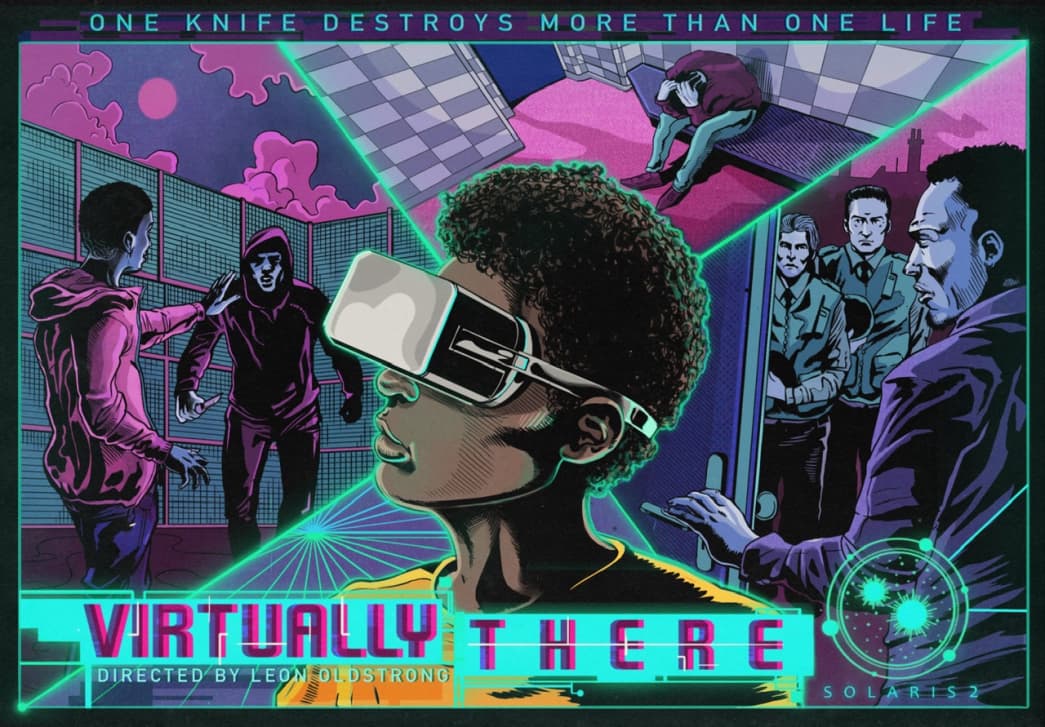
Building understanding and empathy involves many topics. Knife crimes for instance have increased in the UK by 80% since 2014. And Leon Oldstrong from Solaris2 tries to reverse these trends by employing virtual reality.
Kids at schools in the UK can experience a unique 360-degrees movie which enables them to be in the shoes of everyone involved, including the victim, family, the police and the perpetrator. Virtually There allows viewers to experience reality for the people behind the statistics and is aimed at changing social attitudes and behaviours.
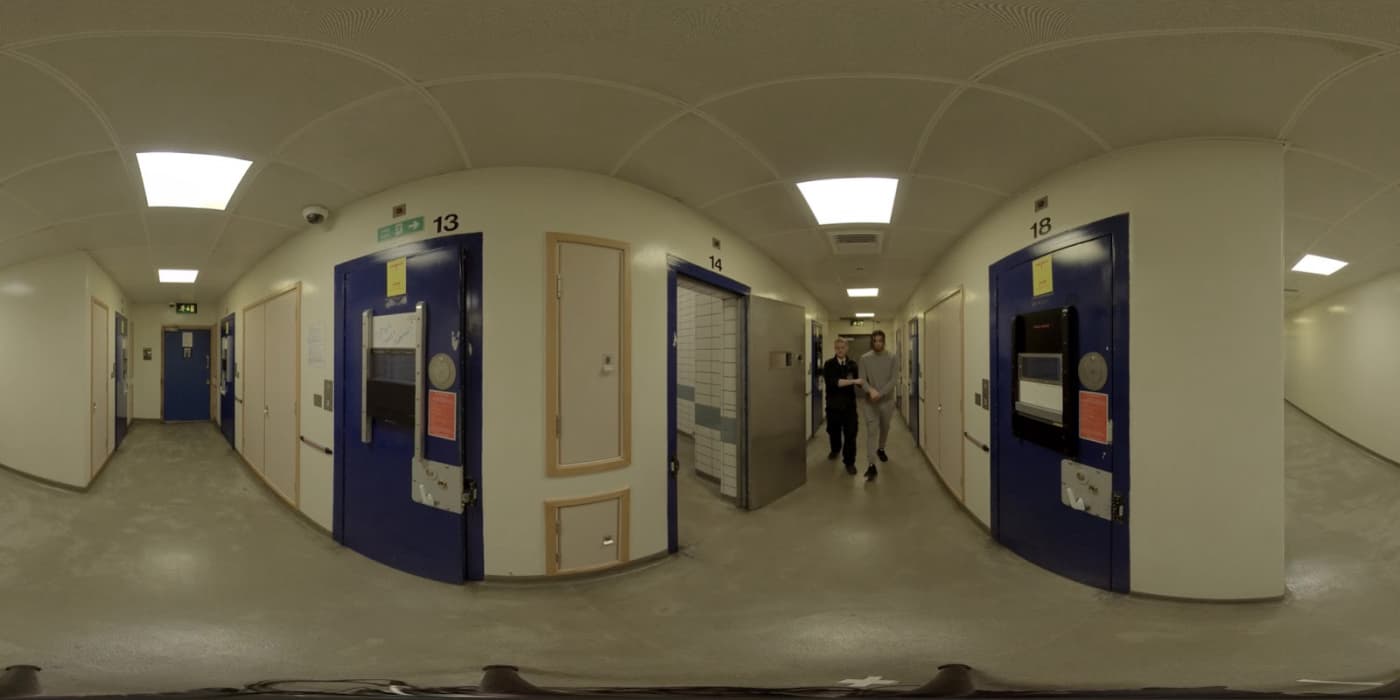
The film Virtually There was the result of Leon’s family experience with knife crime when his younger brother was stabbed. He knew many young people in his community who had been stabbed and / or carried a knife. The director remembered a conversation he had with a solicitor who represented many young perpetrators of knife crime and all had expressed that they wished they could take it back. The aim was to create something that allowed viewers to experience the far reaching effects of knife crime without suffering the actual consequences. Young people are exposed to so much through social media, and consume most of their content online via a regular ‘flat’ screen, hence they become desensitised.
“So I decided to use virtual reality as it has the potential to cause users to forget their actual environment, losing themselves in the virtual world” —said Leon Oldstrong.
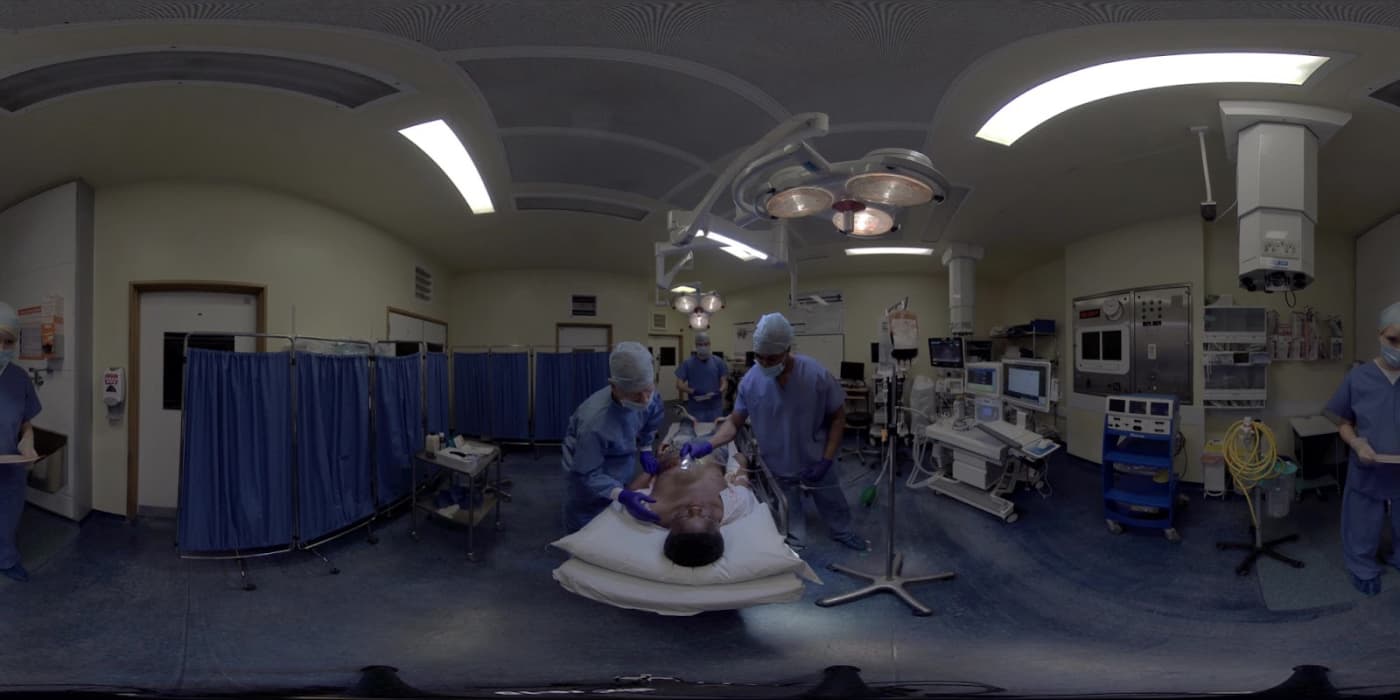
“The immersive nature of virtual reality causes viewers to ‘feel’ rather than just see, providing a fantastic medium for building empathy”—he added.
Leon Oldstrong in his demos at schools uses Showtime VR system to synchronise the experience between all participants and make it easy for teachers and students.
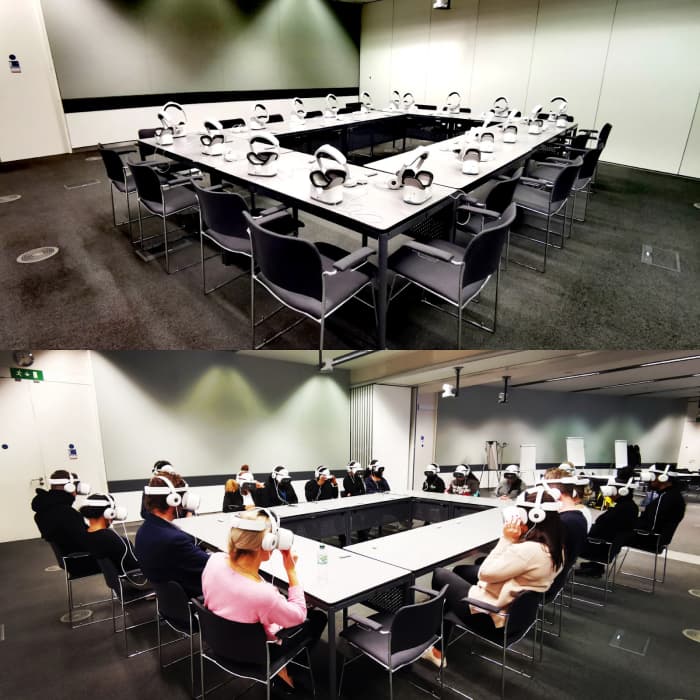
The film was also shown at London City Hall to the London Mayor’s Violence Reduction Unit using Showtime VR to sync the Oculus headsets. The event was a chance for the new members of the Violence Reduction Unit to meet current members and discuss ideas for reducing violence and keeping Londoners safe. Leon is confident that involving VR can help in making the world safer. He has recommended the Unit and the Metropolitan Police to use the tool in their campaigning among the youth.
“As Virtually There was designed for use in group settings, Showtime VR has provided the essential capability to control and synchronise multiple headsets. This is particularly useful as the film is primarily shown to young people, and means that we can take the controllers away removing the temptation to fidget” —said Oldstrong.
The creator of Virtually There mentions also the major challenges attached to using virtual reality – accessibility and scalability. It is hard to share projects widely as most people don’t own headsets. The traveling demos at schools form part of the solution.
The dream of Chris Milk from 2015 that virtual reality creates an empathy machine becomes real reality!
Additional Details
ArborXR Demo Available: No
Trial Period Offered: Yes
Regions Supported: North America, South America, APAC, EMEA, LATAM
Notable Milestones / Awards:
- 2016 – the first license sold
- 2019 – the first events on 500+ headsets synchronised organised
- 2021 – Showtime VR Online introduced
- 2022 Webby Award Winner for Best Technical Achievement for the shared and synchronised VR experience in ocean diving.
- 2023 – DRM video encryption introduced
- 7 times technology partner of VR Days in Amsterdam / Rotterdam

Type of Developer: 360 Video, VR
Type of Content: Off-the-Shelf
Device Support: HTC, Oculus / Meta, PICO, Lenovo, DPVR
Industries: Collaboration, EDU (Higher-Ed), EDU (K-12), Government, Marketing, Safety, Soft Skills
Established: 2016
Headquarters: Poland
Access All Demos Now
Access demo apps from top enterprise and education developers for free.
